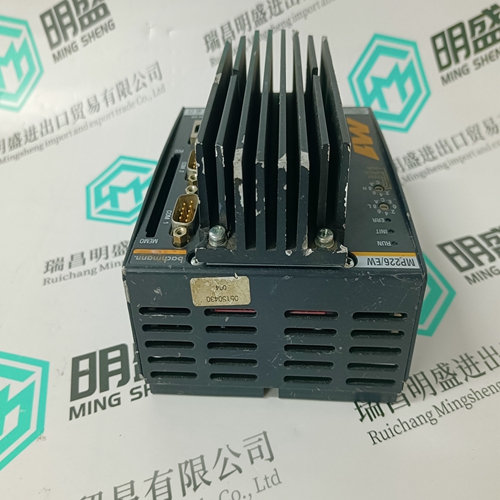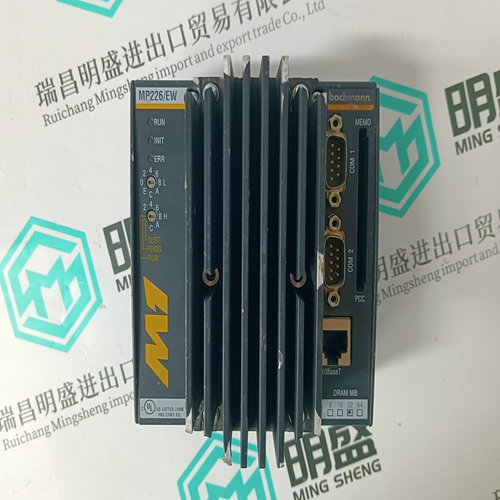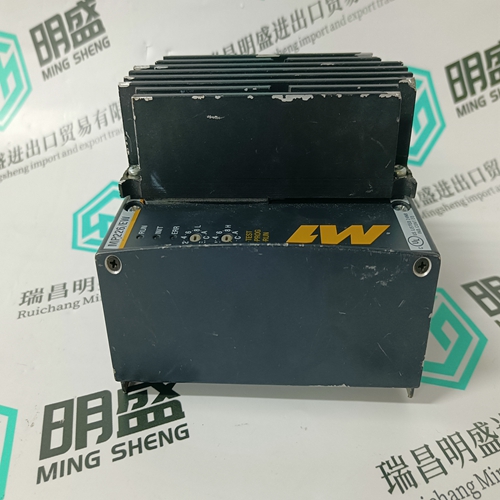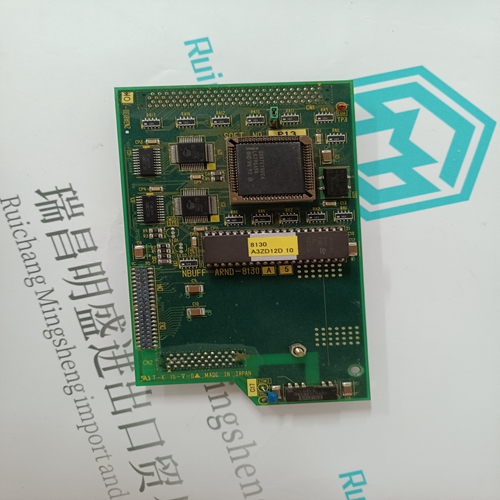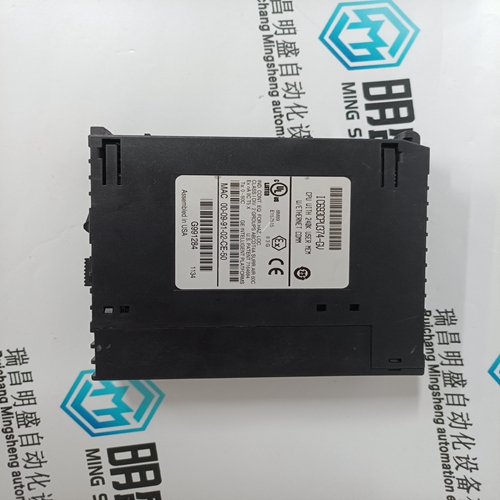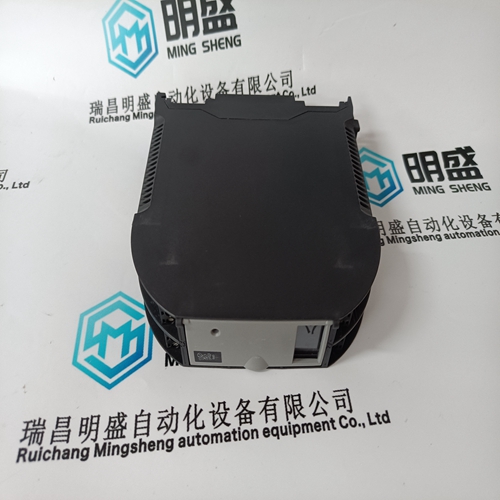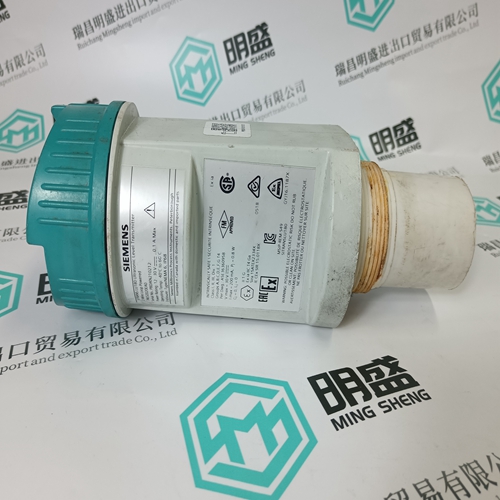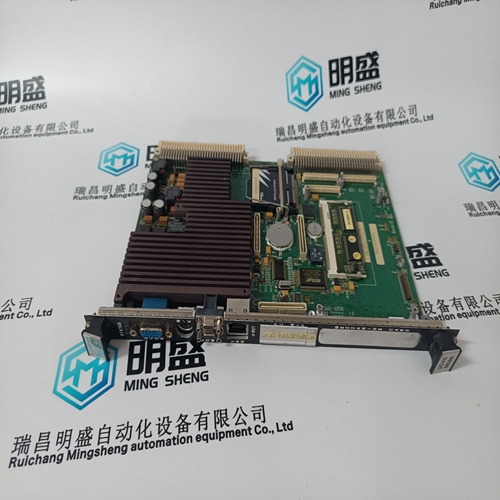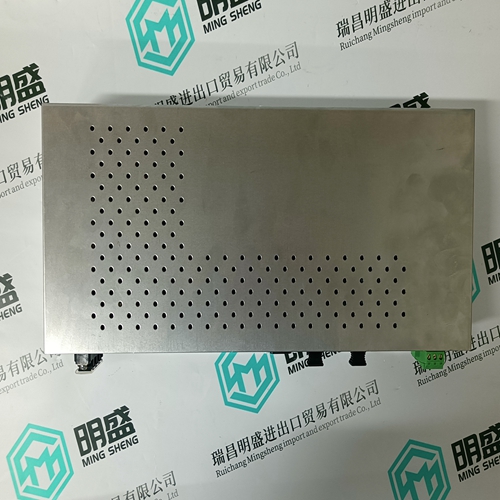Home > Product > Robot control system > BACHMANN MP226/EW Expansion module
BACHMANN MP226/EW Expansion module
- Product ID: MP226/EW
- Brand: BACHMANN
- Place of origin: the United States
- Goods status: new/used
- Delivery date: stock
- The quality assurance period: 365 days
- Phone/WhatsApp/WeChat:+86 15270269218
- Email:stodcdcs@gmail.com
- Tags:BACHMANNMP226/EWExpansion module
- Get the latest price:Click to consult
The main products
Spare parts spare parts, the DCS control system of PLC system and the robot system spare parts,
Brand advantage: Allen Bradley, BentlyNevada, ABB, Emerson Ovation, Honeywell DCS, Rockwell ICS Triplex, FOXBORO, Schneider PLC, GE Fanuc, Motorola, HIMA, TRICONEX, Prosoft etc. Various kinds of imported industrial parts
BACHMANN MP226/EW Expansion module
PHASES REQ’D FOR U/V OPERATION: Select the minimum number of phases on which the undervoltage condition must be detected before the selected output relay will operate. This setpoint is not visible if VT WIRING is set to “Single Phase Direct”. • DETECT UNDERVOLTAGE BELOW 20V: If an indication is required for loss of voltage, select “Yes”. If “No” is selected and any one of the voltage inputs has less than 20 V applied, the undervoltage feature will be disabled. • OVERVOLTAGE RELAY: Overvoltage can either be disabled, used as an alarm, or as a process control. Set this setpoint to “Off” if the feature is not required. Selecting “Alarm” activates the alarm relay and displays an alarm message whenever an overvoltage condition exists. Selecting an auxiliary relay activates the auxiliary relay for an overvoltage condition but no message will be displayed. This is intended for process control. • OVERVOLTAGE LEVEL: When the voltage on one, two, or three phases equals or exceeds the level determined with this setpoint, an overvoltage condition occurs. The required number of phases is determined by the PHASES REQUIRED FOR O/V OPERATION setpoint. To clear the overvoltage condition, the level must decrease to 97% of the OVERVOLTAGE LEVEL setting. For example, if the OVERVOLTAGE LEVEL is set to “4200 V”, the condition clears when the voltage in the appropriate phase(s) goes below 4074 V (4200 × 0.97). This hysteresis is implemented to avoid nuisance alarms due to voltage fluctuations. • OVERVOLTAGE DELAY: If the voltage equals or exceeds the OVERVOLTAGE LEVEL setpoint value for the time delay programmed in this setpoint, an overvoltage condition will occur. • PHASES REQ’D FOR O/V OPERATION: Select the minimum number of phases on which the overvoltage condition must be detected before the selected output relay operates. This setpoint is not visible if VT WIRING is set to “Single Phase Direct”
CURRENT UNBALANCE RELAY
Current unbalance is calculated as the maximum deviation from the average divided by the average three phase current. Current unbalance can either be disabled, used as an alarm, or as a process control. Set this setpoint to “Off” if the feature is not required. Selecting “Alarm” activates the alarm relay and displays an alarm message whenever a current unbalance condition exists. Selecting an auxiliary relay activates the auxiliary relay for a current unbalance condition but no message will be displayed. This is intended for process control. • CURRENT UNBALANCE LEVEL: When the current unbalance equals or exceeds this level, a current unbalance condition will occur. See 6.2.1 Current Metering for details on the method of calculation. • CURRENT UNBALANCE DELAY: If the current unbalance equals or exceeds the CURRENT UNBALANCE LEVEL value for the time delay programmed in this setpoint, a current unbalance condition occurs. • VOLTAGE UNBALANCE RELAY: Voltage unbalance is calculated as the maximum deviation from the average divided by the average three phase voltage. Voltage unbalance can either be disabled, used as an alarm, or as a process control. Set this setpoint to “Off” if the feature is not required. Selecting “Alarm” activates the alarm relay and displays an alarm message whenever a voltage unbalance condition exists. Selecting an auxiliary relay activates the auxiliary relay for a voltage unbalance condition but no message will be displayed. This is intended for process control.
